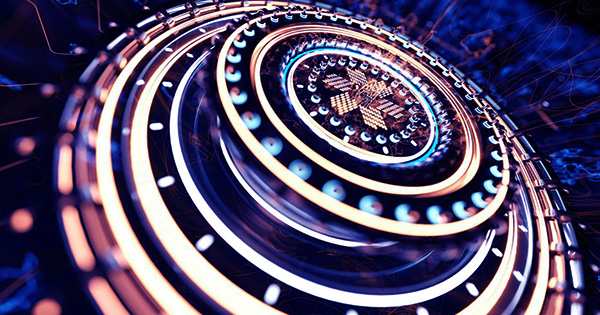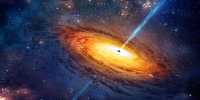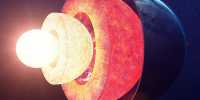Our physical, three-dimensional world is made up of only two sorts of particles: bosons, which include light and the renowned Higgs boson, and fermions, which are the protons, neutrons, and electrons that make up all of the “stuff,” including the present company.
However, theoretical physicists such as Ashvin Vishwanath, Harvard’s George Vasmer Leverett Professor of Physics, prefer not to confine themselves to our world. In a 2D setting, for example, all new particles and states of matter would be possible.
Vishwanath’s team used a powerful computer known as a quantum processor to create a brand-new phase of matter known as non-Abelian topological order. Previously identified solely in theory, the researchers demonstrated the production and control of exotic particles known as non-Abelian anyons, which are neither bosons nor fermions but something in between.

In partnership with researchers from the quantum computing company Quantinuum, they reported their findings in Nature. Vishwanath’s team comprised former Harvard Kenneth C. Griffin Graduate School of Arts and Sciences student Nat Tantivasadakarn ’22, who now works at Caltech, and postdoctoral researcher Ruben Verresen.
Non-Abelian anyons, often known as quasi-particles in physics, can only exist mathematically in a two-dimensional plane. The qualifier “quasi” refers to the fact that they are not particles, but rather long-lived excitations through a certain phase of matter—think ocean waves—with unique memory-carrying characteristics.
Aside from the excitement of discovering a new phase of matter in fundamental physics, non-Abelian anyons are generally acknowledged as a potential platform for quantum computing, which adds to the significance of the research breakthrough.
Non-Abelian anyons are fundamentally stable, as opposed to the flimsy and error-prone quantum bits, or qubits, used in other quantum computing systems. They may “remember” their pasts as they move around each other, much like a magician shuffling cups containing hidden balls. This feature is also what gives them topology, or the ability to be bent and twisted without losing their fundamental identity.
For all of these reasons, non-Abelian anyons may one day become perfect qubits—units of computational capacity that stretch far beyond today’s classical computers—if they can be manufactured and managed on a bigger scale.
“One very promising route to stable quantum computing is to use these kinds of exotic states of matter as the effective quantum bits and to do quantum computation with them,” he said. “Then you have mitigated to a large extent the noise issues.”
To achieve their unusual matter state, the researchers used perseverance and imagination. To maximize the possibilities of Quantinuum’s newest H2 processor, the researchers began with a lattice of 27 trapped ions. They employed partial, targeted observations to gradually raise the complexity of their quantum system, resulting in a constructed quantum wave function with the precise traits and characteristics of the particles they were looking for.
“Measurement is the most mysterious aspect of quantum mechanics, leading to famous paradoxes like Schrödinger’s cat and numerous philosophical debates,” Vishwanath said in a statement. “Here we used measurements as a tool to sculpt the quantum state of interest.”
As a theorist, Vishwanath values the ability to switch between different physics ideas and applications without being limited to a single platform or technology. However, in the context of this study, he marvels at the opportunity to not just explore but also demonstrate a theory, especially as the discipline of quantum mechanics approaches its centennial.
“At least for me, it was just amazing that it all works, and that we can do something very concrete,” Vishwanath was quoted as saying. “It really connects many different aspects of physics over the years, from foundational quantum mechanics to more recent ideas of these new kinds of particles.”















